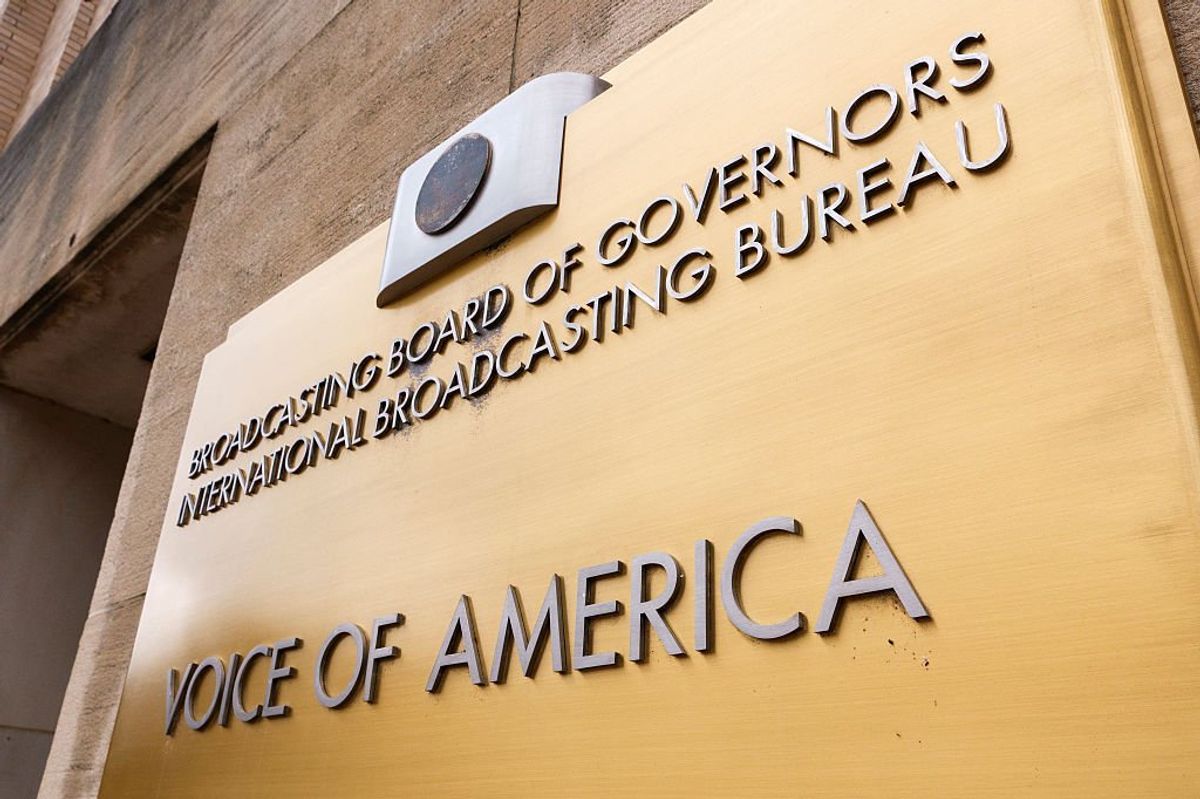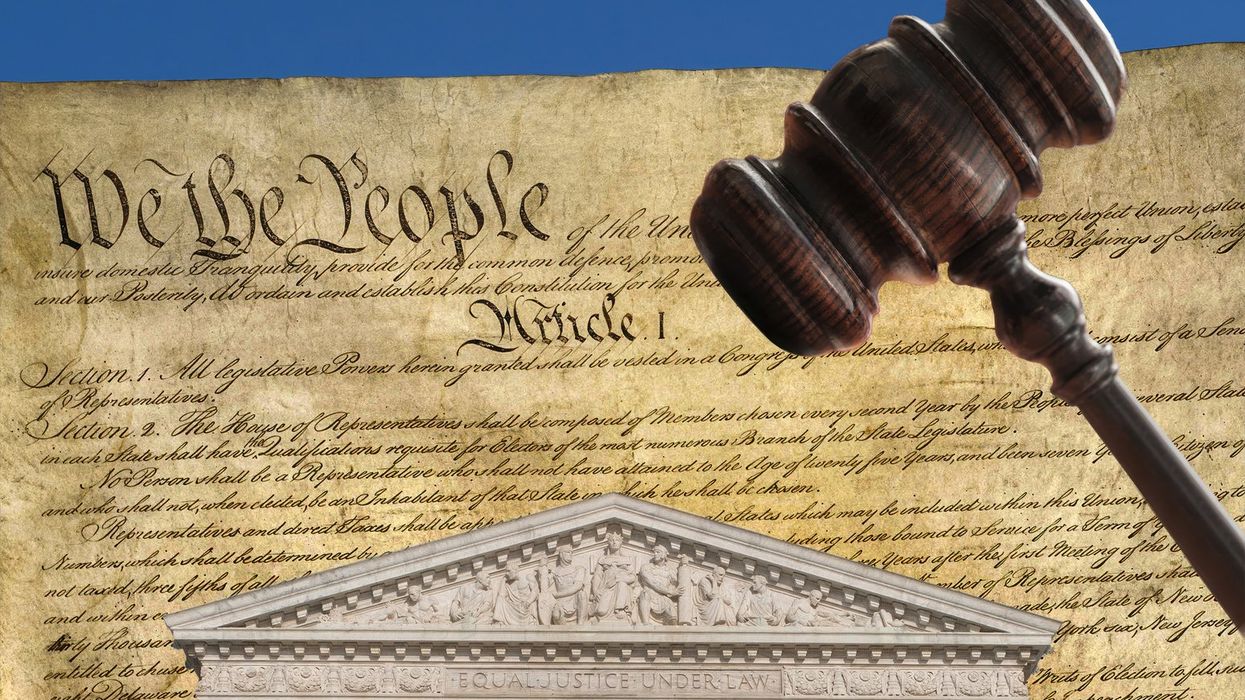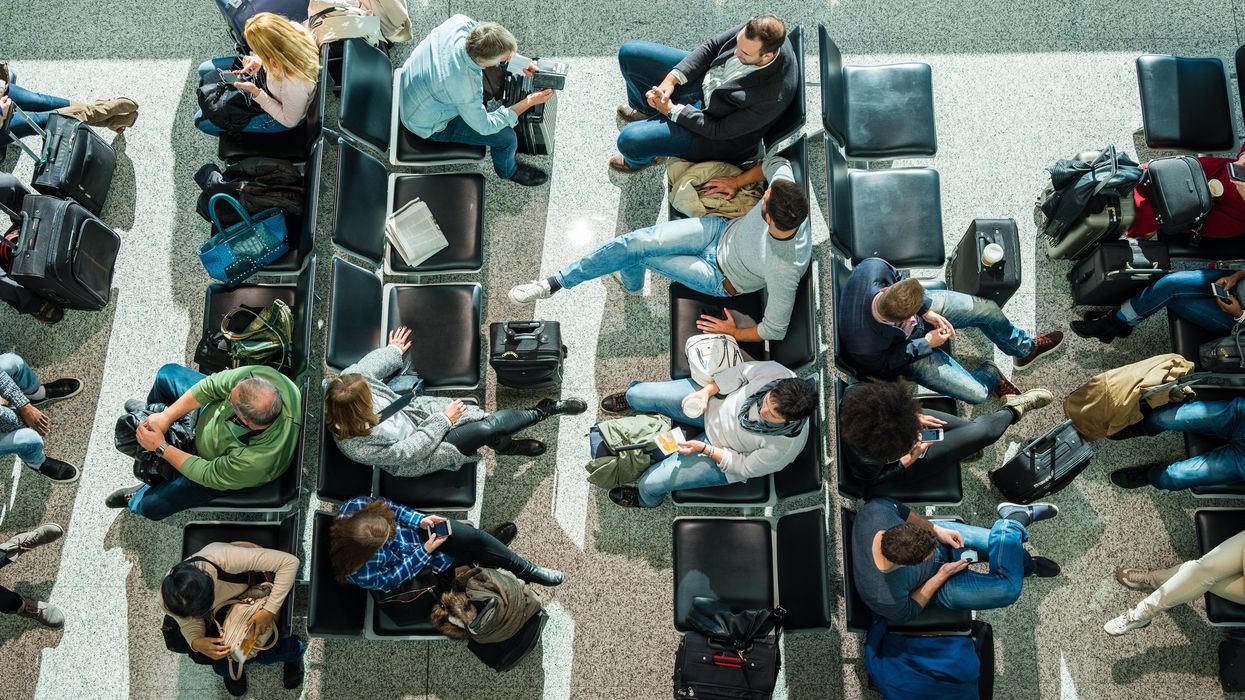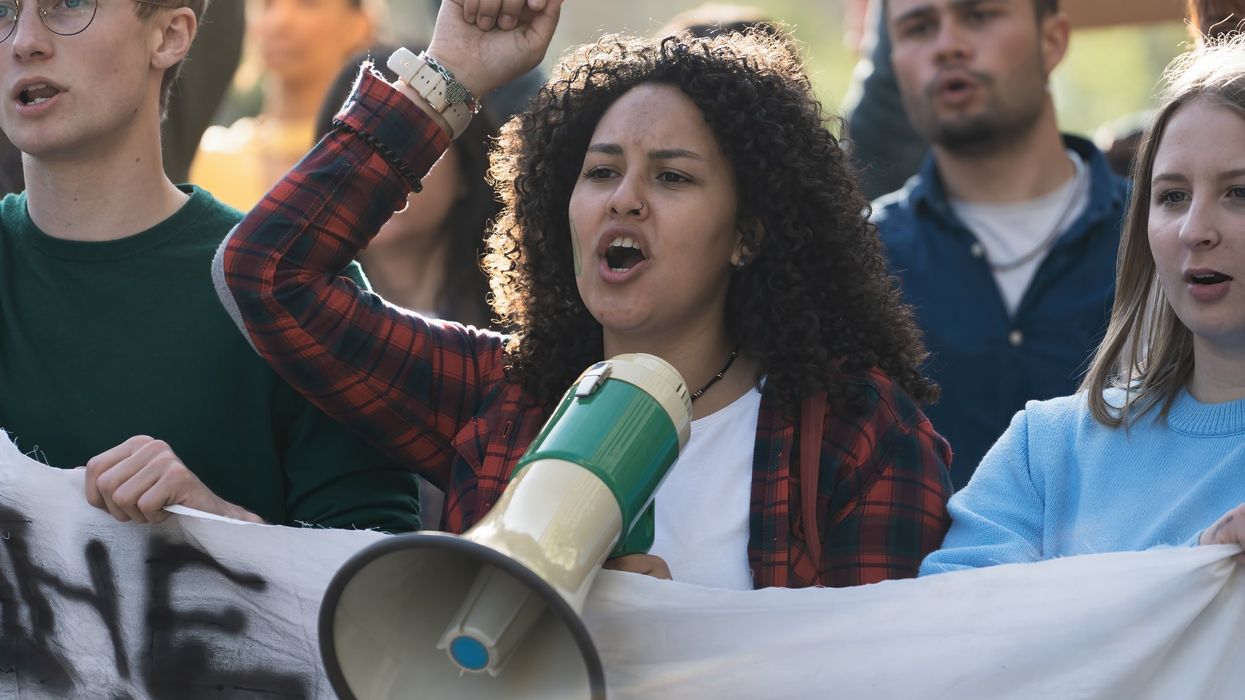Freshman members of Congress, particularly the newest female lawmakers, are leading the way on Capitol Hill in how they run their offices and serve constituent needs.
The Congressional Management Foundation announced Thursday the finalists for its Democracy Awards and nine people in their first terms — the most in the three years the awards have been handed out — made the cut.
Seven women are among the finalists, again the most in the short history of the awards, which honor members of Congress for their work in four categories: constituent service; workplace environment; transparency and accountability; and innovation and modernization.
Also for the first time, two members were chosen as finalists in two categories — prominent first-term House Democrats Alexandria Ocasio-Cortez of New York, an icon of the progressive movement, and Donna Shalala of Florida, who was Health and Human Services secretary in the Clinton administration.
"Now, more than ever, Americans need to hear about examples of their government officials performing at their best," said foundation CEO Bradford Fitch.
A committee, made up mostly of former members and staffers, will choose one Republican and one Democrat as winners in each category. The winners will be announced in a few months.
Here are the finalists:
Constituent Service
Rep. Cheri Bustos, D-Ill.
Rep. Kendra Horn, D-Okla.
Rep. Seth Moulton, D-Mass.
Rep. Donna Shalala, D-Fla.
Rep. Don Bacon, R-Neb.
Sen. John Cornyn, R-Texas
Rep. Mike Kelly, R-Penn.
Rep. Rob Wittman, R-Va.
Workplace environment
Rep. Ro Khanna, D-Calif.
Rep. Alexandria Ocasio-Cortez, D-N.Y.
Rep. Donna Shalala, D-Fla.
Sen. Steve Daines, R-Mont.
Rep. Adrian Smith, R-Neb.
Rep. Fred Upton, R-Mich.
Transparency and accountability
Rep. Cindy Axne, D-Iowa
Rep. Chrissy Houlahan, D-Pa.
Rep. Tom O'Halleran, D-Ariz.
Rep. Michael Burgess, R-Texas
Rep. Will Hurd, R-Texas
Rep. Van Taylor, R-Texas
Innovation and modernization
Rep. Derek Kilmer, D-Wash.
Rep. Alexandria Ocasio-Cortez, D-N.Y.
Rep. Mark Takano, D-Calif.
Rep. Kay Granger, R-Texas
Rep. Tom Graves, R-Ga.
Rep. Rob Woodall, R-Ga.



















